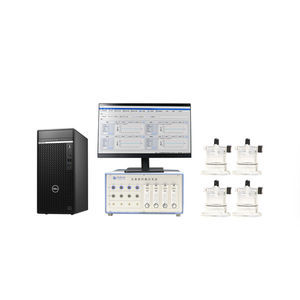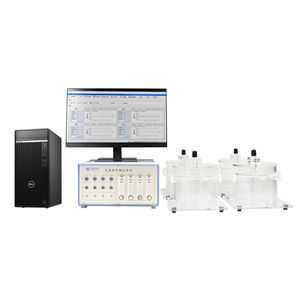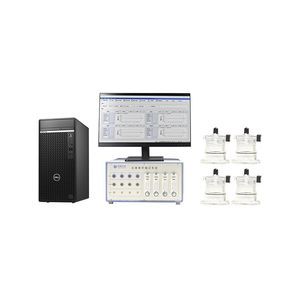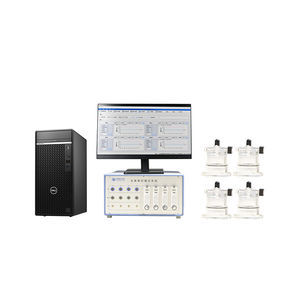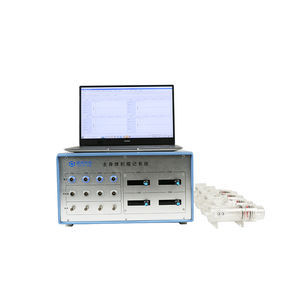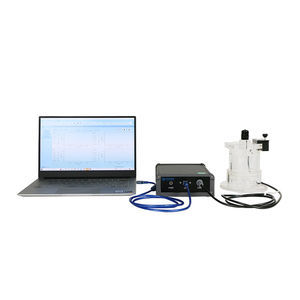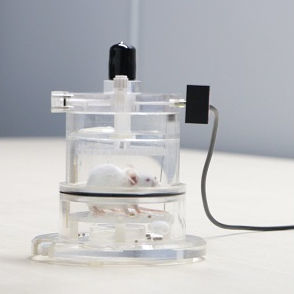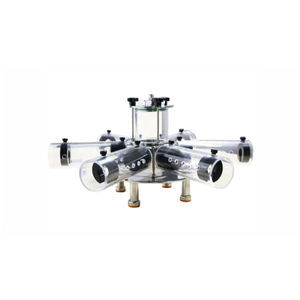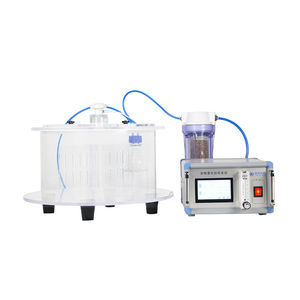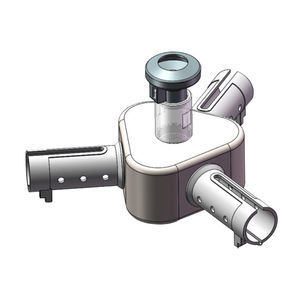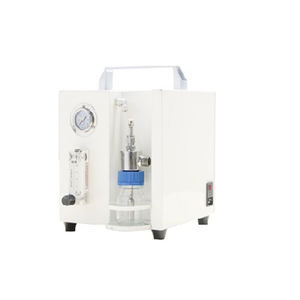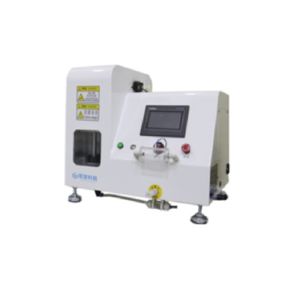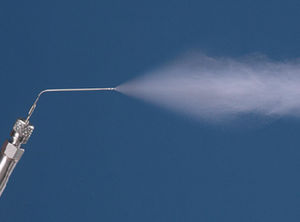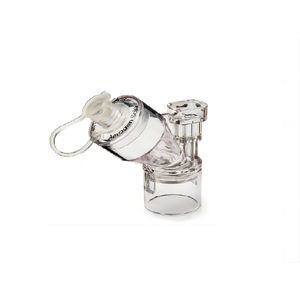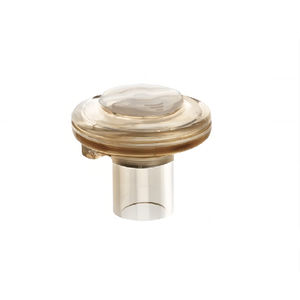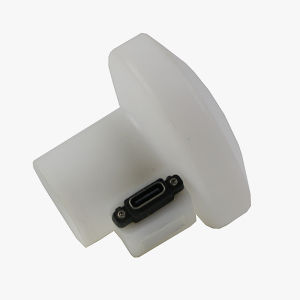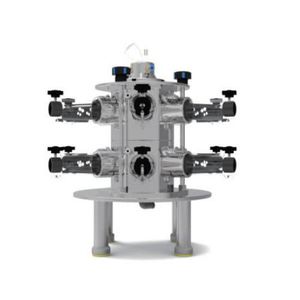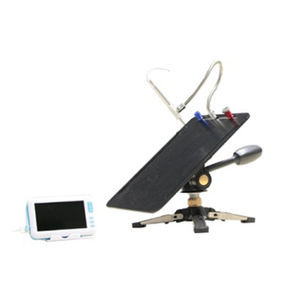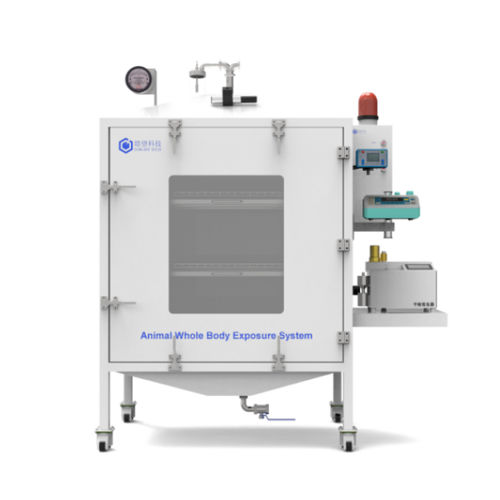
- Products
- Animal research inhalation chamber
- Shanghai TOW Intelligent Technology
- Company
- Products
- Catalogs
- News & Trends
- Exhibitions
Animal research inhalation chamber WBE-850-LDwith mask
Add to favorites
Compare this product
fo_shop_gate_exact_title
Characteristics
- Applications
- for animal research
- Other characteristics
- with mask
Description
The Whole-Body Exposure System is a commonly used experimental apparatus in toxicology, pharmacology, and environmental health sciences. It is designed to expose laboratory animals (such as mice, rats, guinea pigs, etc.) to controlled concentrations of test substances in gaseous, vapor, or aerosol form through natural respiratory pathways. Unlike the Nose-only Exposure System, which restricts exposure to the respiratory tract, the Whole-Body Exposure System allows the animals’ entire bodies (including skin and fur) to be exposed to the test environment.
1. Simulating Realistic Exposure Scenarios:
The Whole-Body Exposure System more accurately simulates real-world exposure conditions, such as air pollution, chemical spills, or aerosolized drug delivery. It enables the study of how pollutants enter the body through multiple pathways such as inhalation and dermal contact.
2. Comprehensive Analysis of Multiple Exposure Routes:
Inhaled substances can affect not only the respiratory system but also enter the bloodstream and reach other target organs (e.g., cardiovascular system, nervous system, liver, kidneys). Whole-body exposure provides a more complete assessment of the systemic toxicity of test substances.
Catalogs
No catalogs are available for this product.
See all of Shanghai TOW Intelligent Technology‘s catalogsOther Shanghai TOW Intelligent Technology products
Respiratory Research
*Prices are pre-tax. They exclude delivery charges and customs duties and do not include additional charges for installation or activation options. Prices are indicative only and may vary by country, with changes to the cost of raw materials and exchange rates.


